I'm confused, like you can do this in a one-liner,
fun = @(x,mu,sigma) (1./(x*sigma*sqrt(2*pi))).*exp( -(power((log(x)-mu),2))/(2*power(sigma,2)))
x is any value that satisfies x > 0, the pdf tells you via Wikipedia
In probability theory, a probability density function (pdf), or
density of a continuous random variable, is a function that describes
the relative likelihood for this random variable to take on a given
value.
So any value x given to the log-normal pdf tells you tel relative likelihood that a random variable could be that value.
Consider this toy example:
mu = 1;
sigma = 10;
x = logspace(-2,0,10);
plot( x, fun(x,1,10) )

From this plot as x gets closer to zero, it's relative likelihood of actually taking on that value increases. DISCLAIMER I just threw that function together, it needs to be checked for accuracy, the preceding was for illustration only.

